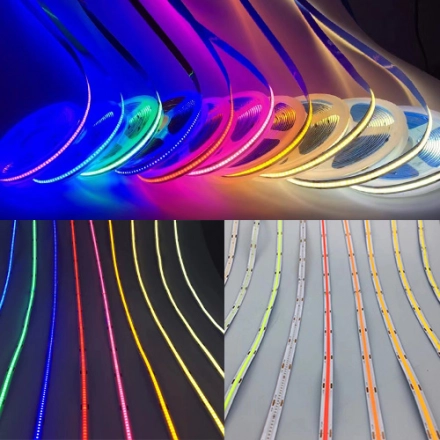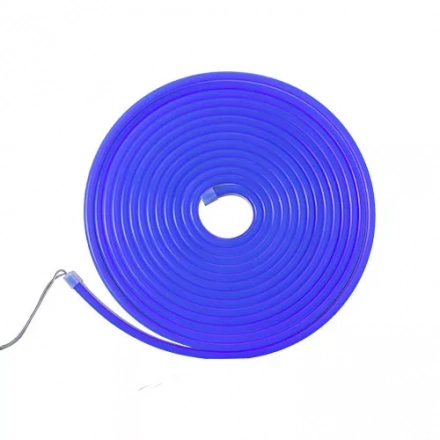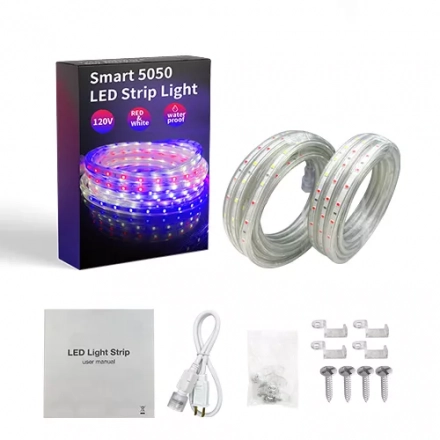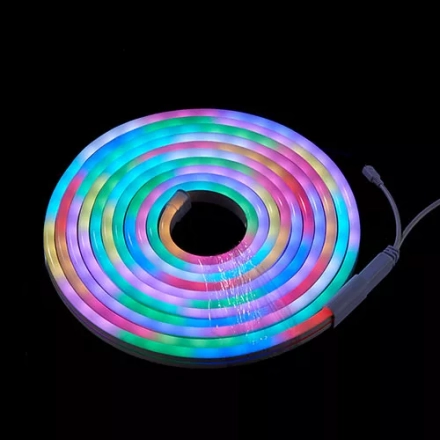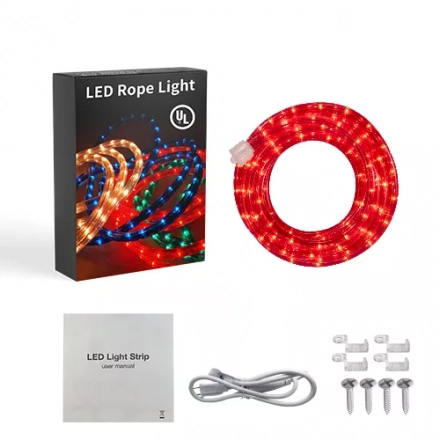Analyzing the Possibilities of LED Strip Lights in Museum Exhibits: Accent Lighting for Exhibits or General Illumination
LED strip lights have emerged as a versatile lighting solution in various applications, including residential and commercial settings. As museums strive to enhance their exhibits and create captivating environments for visitors, exploring the potential of LED strip lights for accent lighting and general illumination becomes an intriguing proposition. In this article, we will objectively analyze the possibilities of implementing LED strip lights in museum exhibits, considering their features, benefits, and potential challenges.
LED strip lights offer several advantages that make them an attractive option for museum lighting. Firstly, their flexible and compact design allows for seamless integration into different exhibit spaces. Whether it's accentuating specific artifacts or providing uniform lighting for larger displays, LED strip lights can be easily installed in corners, alcoves, or even concealed within exhibit structures, ensuring a visually pleasing and unobtrusive lighting arrangement.
Furthermore, LED strip lights offer a wide range of color options, allowing curators and designers to create dynamic and immersive experiences. By carefully selecting colors and adjusting brightness levels, museum exhibits can evoke different moods, enhance storytelling, or draw attention to specific details within the displays. LED strip lights also offer the possibility of incorporating programmable features, enabling synchronized lighting effects or dynamic sequences that can further engage visitors and enhance their overall experience.
In terms of energy efficiency, LED strip lights outperform traditional lighting solutions. They consume significantly less power while providing equivalent or even superior illumination, thereby reducing electricity costs and minimizing the museum's environmental footprint. LED technology also boasts an extended lifespan compared to traditional lighting, reducing maintenance efforts and costs associated with frequent bulb replacements.
However, certain considerations should be taken into account when implementing LED strip lights in museum exhibits. Preservation of delicate artifacts is a critical aspect, and UV emissions from LEDs can potentially damage sensitive materials. To mitigate this risk, it is essential to select LED strip lights with appropriate UV filters or use UV-blocking coatings on exhibit cases when necessary.
Another potential challenge is achieving optimal color rendering. While LEDs generally offer good color reproduction, the specific characteristics of individual LED products can vary. It is crucial to choose high-quality LED strip lights with a high color rendering index (CRI) to ensure accurate representation of colors and textures within exhibits. Regular calibration and maintenance are also necessary to maintain consistent and accurate lighting conditions over time.

